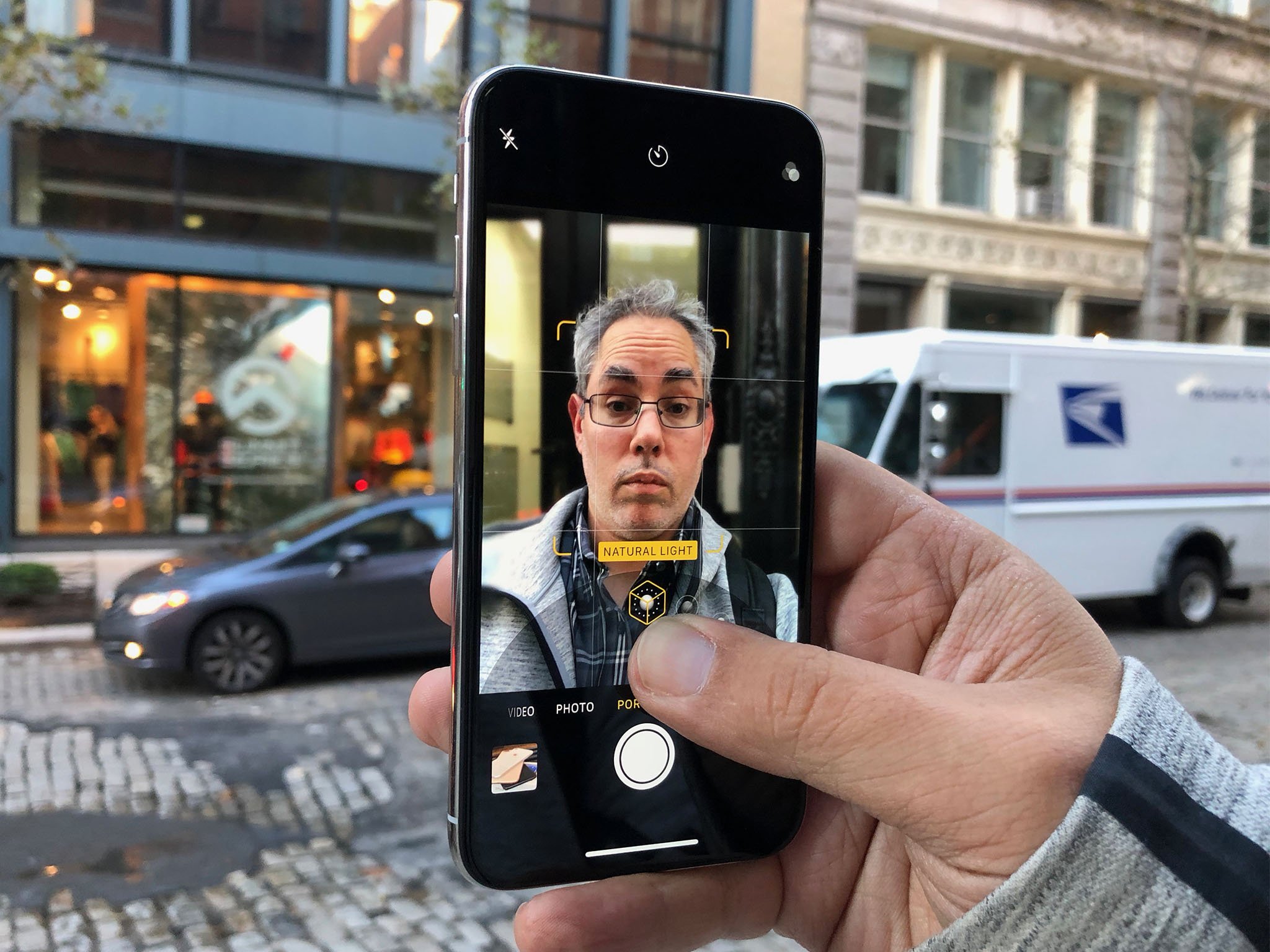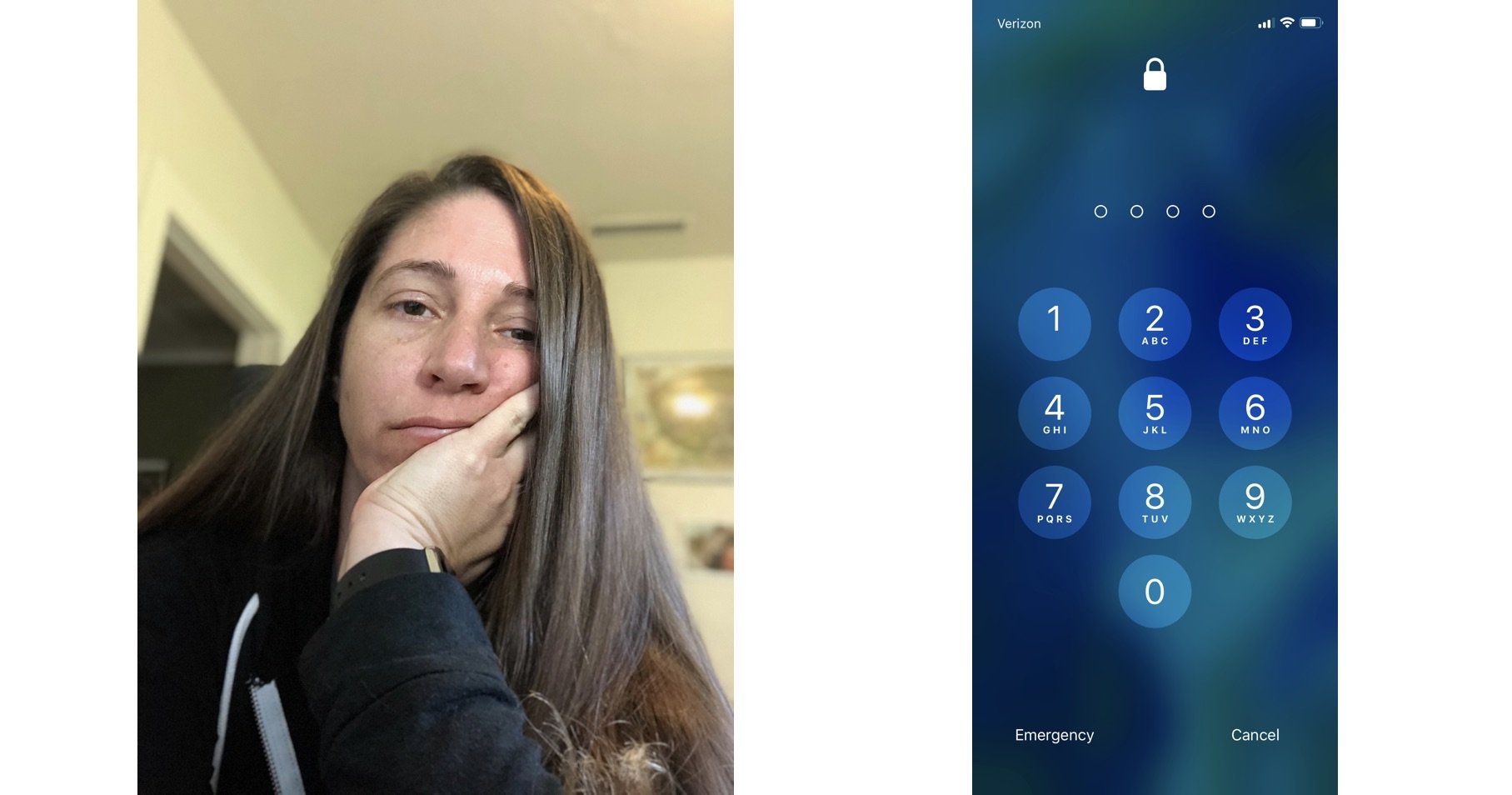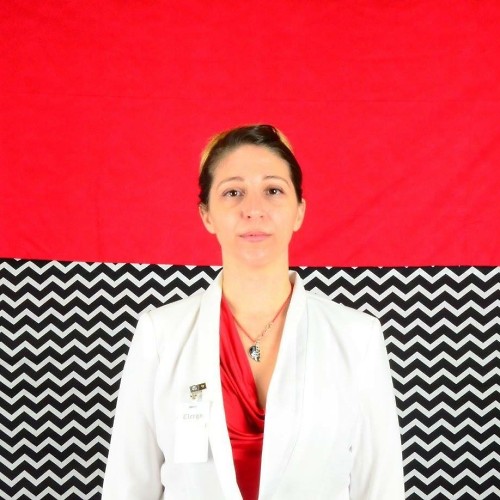
To simplify a very complex process; Face ID captures your facial structure and uses it to identify you and then unlock your iPhone. It also learns the ways in which your face changes over time and throughout the day. If, for example, your eyes are really puffy in the morning, Face ID learns that its still you, but with a slight change in your "expression." Apple analyst Rene Ritchie explained how Face ID uses machine learning to recognize minor changes to your face.
Face ID may also store, for a limited time, the math from successful unlock attempts and even from unsuccessful unlock attempts where you immediately followed up by entering the passcode. That's to help the system keep pace with changes to your face or look that might accrue over time, even the more dramatic ones. After it's used the data to augment a limited number of subsequent unlocks, Face ID discards the data and, potentially, repeats the augmentation cycle.
Everything you need to know about Face ID
What this means is, even if you're making a "scrunched up" face (say, because you're looking directly into sunlight), Face ID can be trained to recognize it as still your face, even if it didn't work the first time.
Why would you want Face ID to learn to recognize variations in your expression? Well, Peter Broqvist on Twitter noted that it can also work when you are resting your chin on your hand, which is something a lot of us do while sitting at our desk. It's also useful if you work outdoors and tend to squint your eyes from the sun a lot. If you're lying in bed on your pillow and it's fluffy enough to obscure your cheeks a little, or if you're wearing a big winter hat, you can train it to understand that it's still your face. You can even train it to recognize your face while you're brushing your teeth. If at first, it doesn't work, you can train Face ID to accept the subtle change in your face that you might use a lot of the time.
How to train Face ID to recognize different facial expressions
- Raise your iPhone to unlock it with Face ID using a particular expression, like resting your chin on your hand or squinting into the sun (or sticking out your tongue).
- If Face ID fails to unlock your iPhone, swipe up from the bottom of the locked screen.
- Face ID will try again after you swipe up. If it fails again, enter your passcode.
- Lock your iPhone.
- Use the same facial expression to unlock Face ID again.

Face ID will "remember" this expression and successfully work from now on, even if days have passed since you last used this expression to unlock your iPhone.
Certain facial changes still won't work
Though you can train Face ID to learn subtle changes to your face, it's still not going to work when you're covering large areas of your face. For example, you can't train it to recognize your face while you're wearing a scarf that covers your entire mouth. You can't train it to recognize you while your eyes are closed (though you can train it to recognize you while one eye is closed). You can't cover your nose with your hand and convince Face ID that it really is you.
When it comes to squinting into the sun, Face ID will still have a hard time if your eyes are nearly closed (unless you disable Require Attention for Face ID). Don't expect it to perform the impossible.
Master your iPhone in minutes
iMore offers spot-on advice and guidance from our team of experts, with decades of Apple device experience to lean on. Learn more with iMore!
For the most part, you don't have to do anything in order for Face ID to learn your changing expressions. But if you want it to recognize a particularly awkward expression, you can force it to learn by following the steps above.
Your thoughts?
What do you think about teaching Face ID to recognize "weird" or different facial expressions? Do you see this as beneficial to your typical facial routines?
Lory is a renaissance woman, writing news, reviews, and how-to guides for iMore. She also fancies herself a bit of a rock star in her town and spends too much time reading comic books. If she's not typing away at her keyboard, you can probably find her at Disneyland or watching Star Wars (or both).


